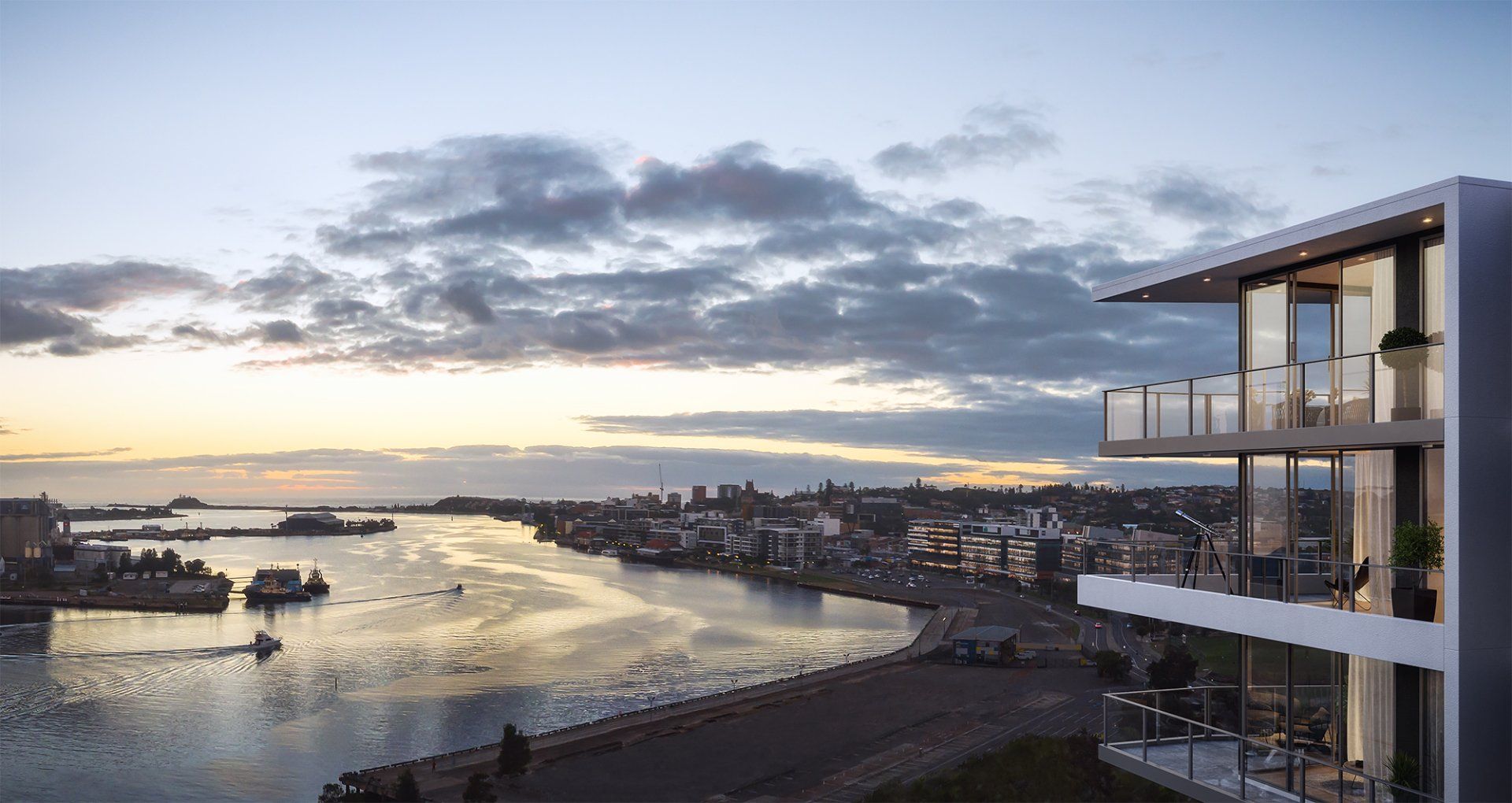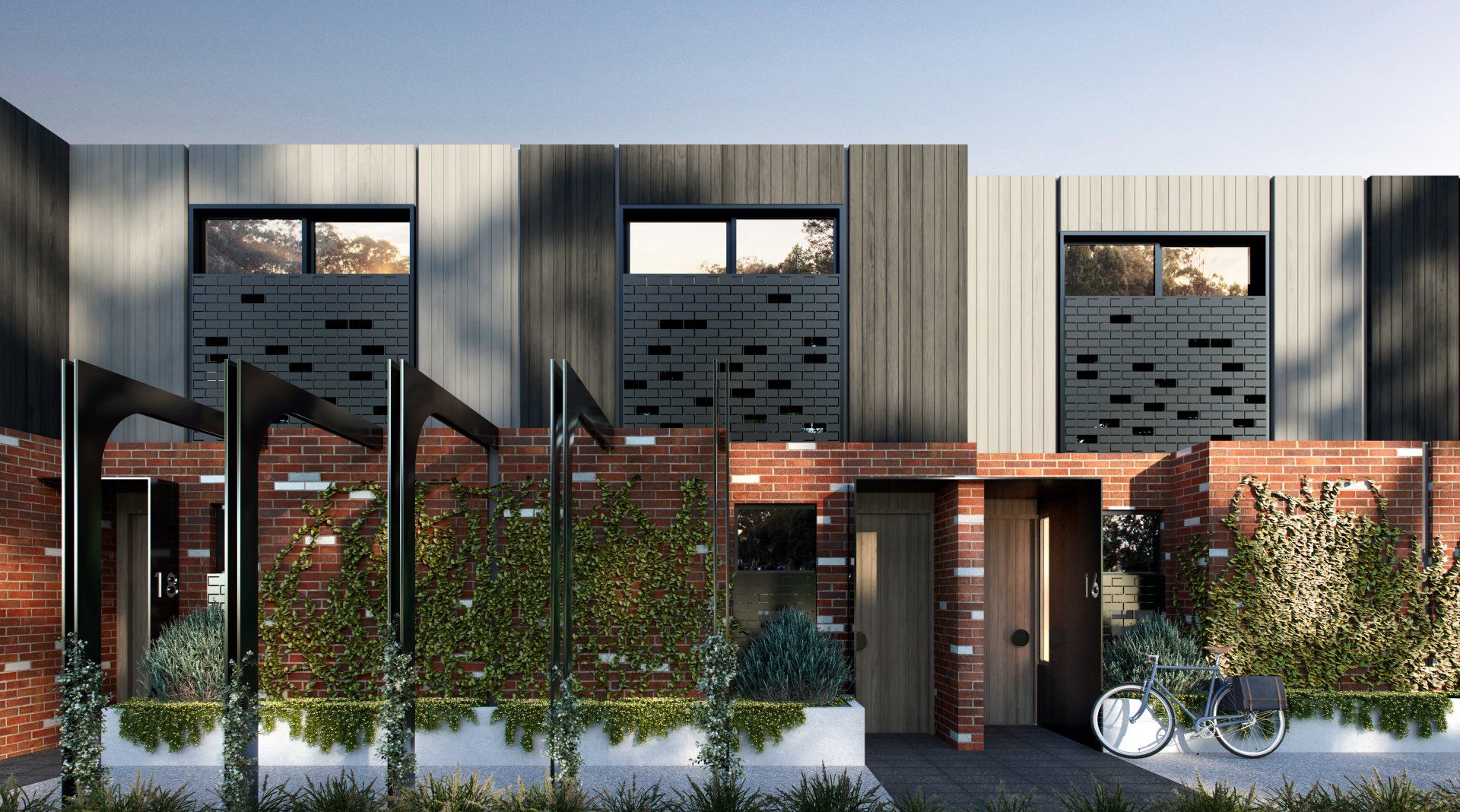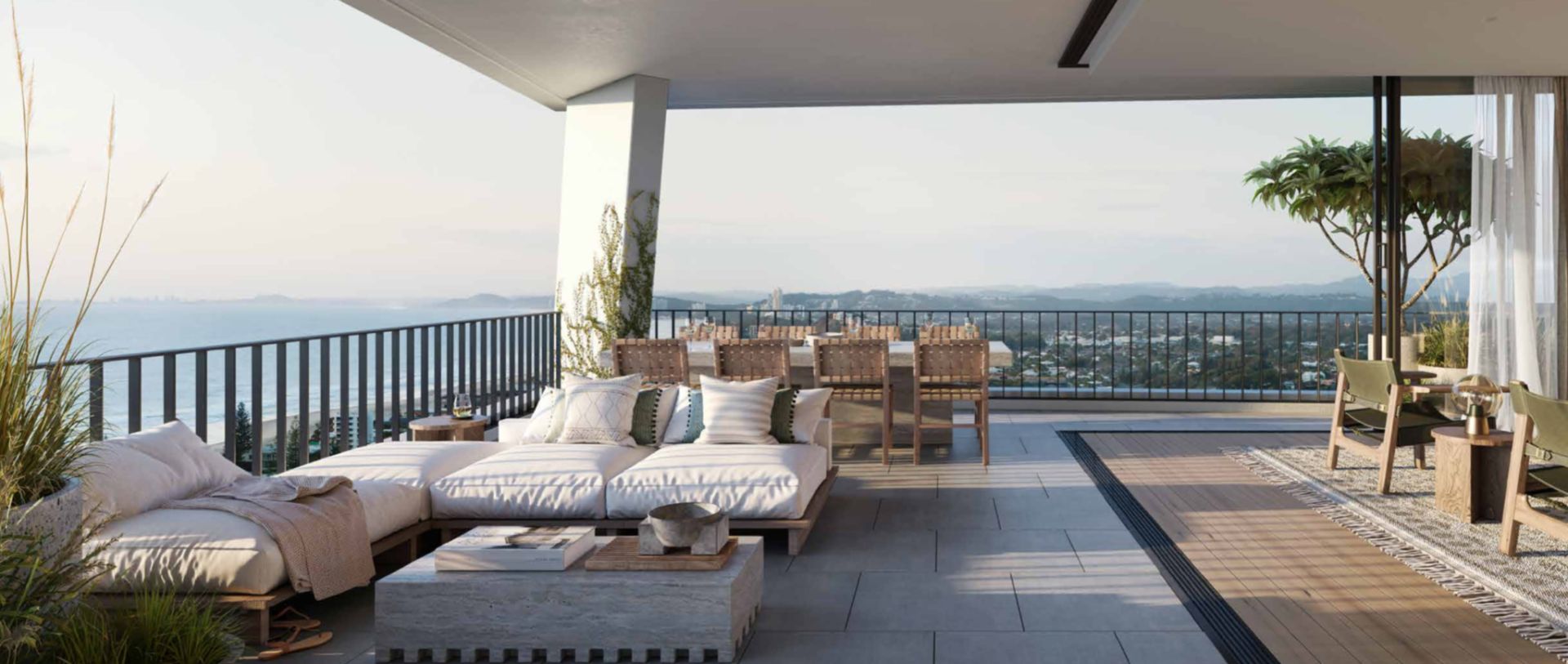Development of Infrastructure Is Failing to Keep Up With Population Growth
- By Peter Gordon
- •
- 26 Aug, 2019

Really good article on the strong population growth and the effects on infrastructure here in Australia. This article also mentions how regional cities benefit from this. Because of our major cities exploding its forcing people to regional cities and towns .This is why we have had several regional cities on our radar - Ballarat, Sunshine Coast, Gold Coast and Newcastle.
Infrastructure in our four largest cities – Sydney, Melbourne, Brisbane and Perth – is failing to keep pace with rapid population growth, particularly on the urban fringe.
Australia’s population is forecast to reach 31 million by 2034, a 24 per cent increase, with Australia’s largest cities forecast to face pressure on access to infrastructure, says the 2019 Australian Infrastructure Audit.
In its second national audit, Infrastructure Australia presents the infrastructure challenges and opportunities over the next 15 years.
More than $123 billion of construction work has kicked off since 2015, with a committed forward pipeline of more than $200 billion.
The federal government pledged a record $100 billion infrastructure pipeline, with about $30 billion to be spent in the next four years.
A record infrastructure cash splash was announced as part of the New South Wales budget in June, while Queensland’s state government has committed $49.5 billion on infrastructure investment in the next four years.
But state and federal governments have been under pressure to keep up, while the RBA’s Philip Lowe recently highlighted infrastructure investment as a driver of economic productivity over the short to long-term.
Around $20 billion of infrastructure projects were paused or cancelled over the last decade in part due to community opposition.
“Engagement with customers and the broader community on project planning needs to increase across most sectors and jurisdictions,” the IA audit report notes.
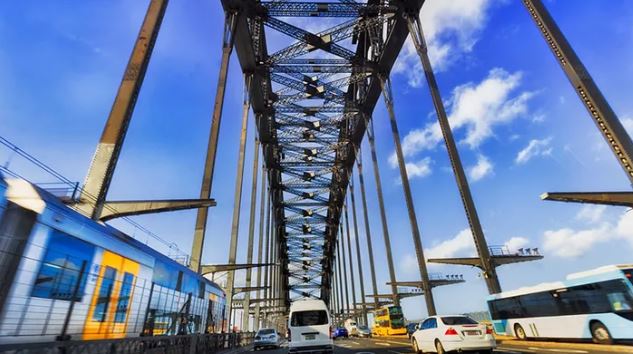
Infrastructure Australia chair Julieanne Alroe says infill development in Sydney, Melbourne and Brisbane requires investment in high capacity public transport, enhancements to existing energy and water infrastructure, improved shared spaces and a renewal of inner-city health and education services.
“In contrast, the growing outer suburbs of the other major cities, including Perth, where greenfield development will dominate, is expected to see pressure on their road networks, as well as expansion of utility networks, new shared and recreation spaces as well as cultural facilities,” Alroe said.
“The costs of inaction are significant.
“If investment were to stop, the cost of road congestion is projected to grow by $18.9 billion to $38.7 billion in 2031.
“This impacts the quality of life, as well as our economic productivity and competitiveness as a nation.”
The latest audit examines the major infrastructure sectors of energy, transport, telecommunications, water – and for the first time, social infrastructure and waste.
Infrastructure planning: Community at the centre
The audit found infrastructure quality high in urban centres.
“Including our smaller cities and regional centres. However unlike our larger cities, there is little choice of the types of services that people can access,” Alroe said.
Satellite cities – such as Wollongong, Newcastle, Geelong, the Sunshine Coast and Gold Coast – benefit from high levels of infrastructure access and quality as a result of their proximity to their larger neighbours.
While these cities have the capacity to support growth, the audit highlights the need for more investment to ensure services can support an increasing population.
The audit found the average household spent more than $314 each week on infrastructure in 2015-2016 – or $16,000 annually.
“Australians earning the lowest 20 per cent of incomes across the country spend around a third of what they earn on infrastructure. This is above a level that would be considered affordable,” Alroe said.
“Australian’s perceptions of affordability are mixed, and often perceptions do not align with actual service costs.
“While concerns about rising energy prices are widely held, the proportion of household incomes spent on energy is relatively low, 2-6 per cent, in contrast to transport which accounts for between 10-22 per cent.”
Join our next Lunch & Learn event in Sydney we will share:
- Our research findings on the Victorian property market
- Where’s hot to invest right now
- How to save thousands in tax and build wealth
- How you can invest for less than $50 per week
If you love property as much as we do, then we recommend you register for our next Lunch & Learn on Wednesday 25th September in Sydney.
Event Details
Wednesday 25th September
12:15 - 1:30pm
The Executive Centre, 26th floor, Room 26F
1 Bligh Street, Sydney NSW 2000
*Lunch provided*
Numbers strictly limited so don't miss out!REGISTER NOW
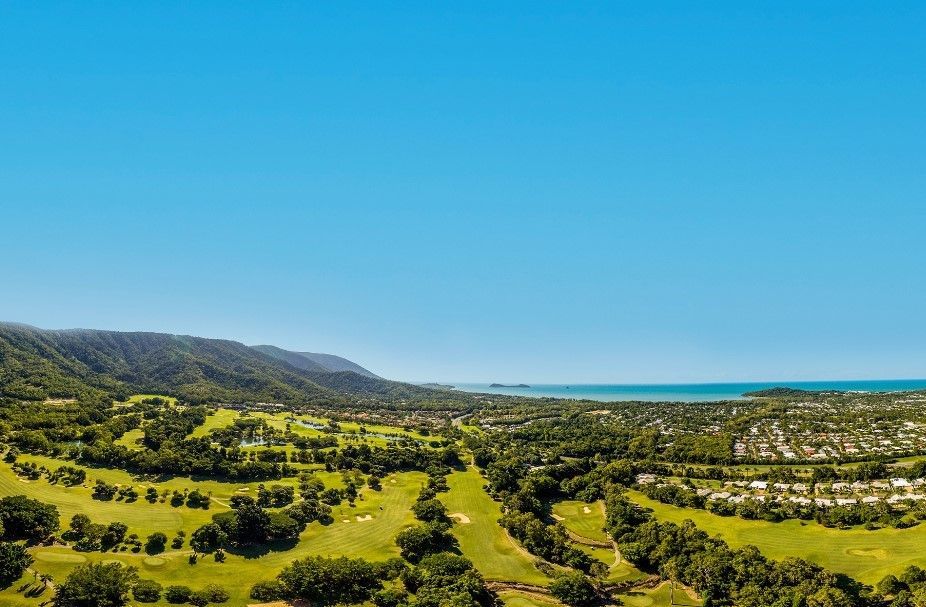
| Quiet simply, the Palms is the place to buy! |
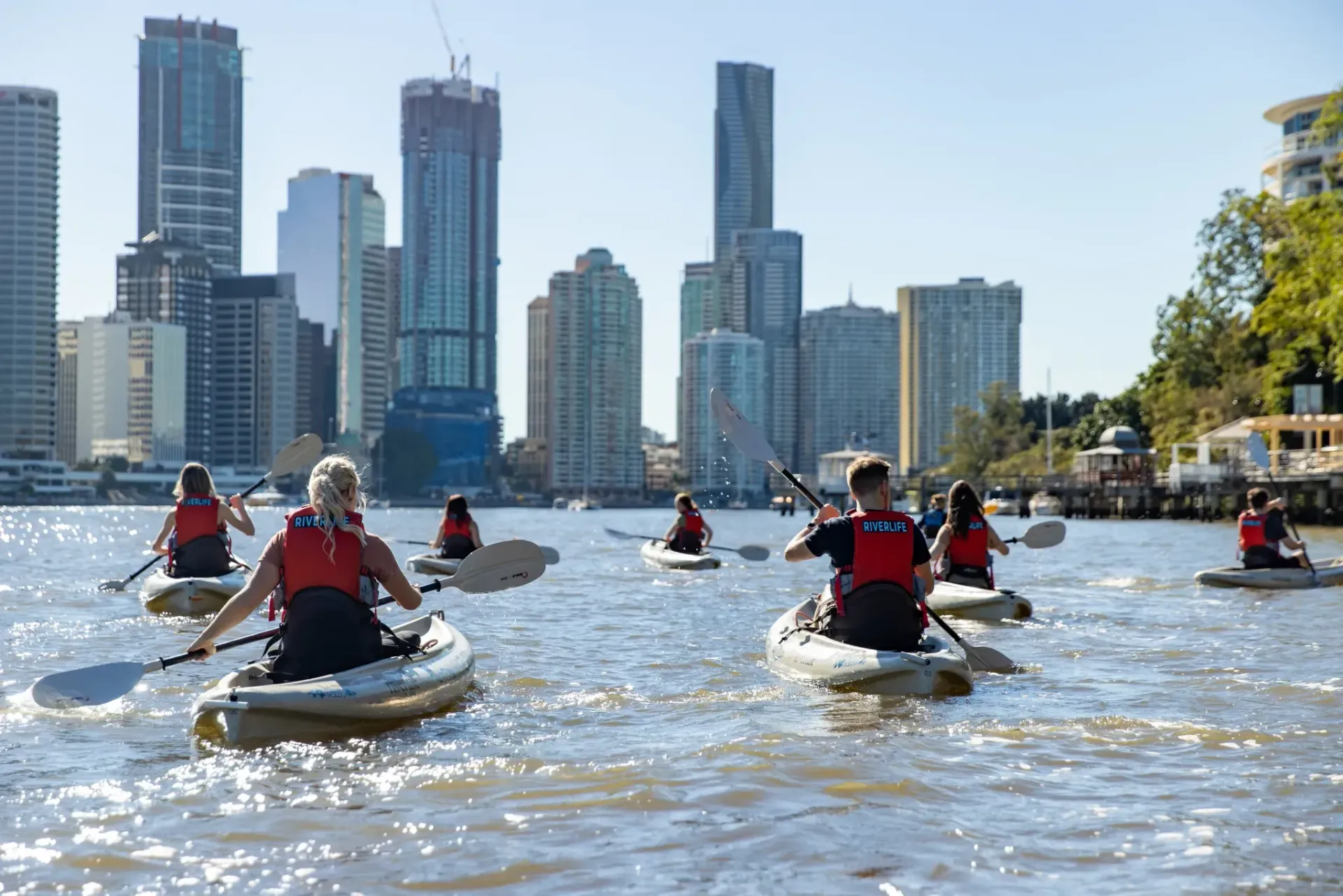
Sydneysiders and Melburnians, put aside your equally outstanding flat whites for a moment. Stop bickering about whether great beaches beat cool laneways (they do) and desist from debating whether all baristas require waxed moustaches (ideally).
Because Brisbane is closing in on the title of Australia’s best city, and we must join forces to keep this subtropical upstart in its place.
Time magazine recently named Brisvegas on its “World’s Greatest Places” list, and omitted our cities. It’s a huge shock (and who knew they still published Time magazine?). But they might be onto something.
Time points to the 2032 Olympic and Paralympic Games, which will be hosted in the maroon metropolis. Brisbane will do a fine job, even though it’ll baffle the world when rugby league is added to the schedule and Queensland is allowed to field its own team.
Time’s most radical claim is that Brisbane is worth visiting now, but tourism is surging. Not only did Lin-Manuel Miranda recently drop in to catch Hamilton , but hundreds of Hamilfans flew up to watch his interview with Leigh Sales (presumably unaware that it would subsequently arrive on iView for free).
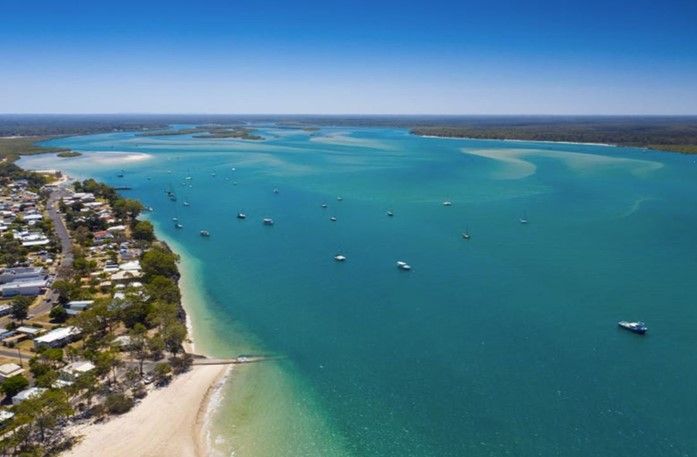
A leading local agent has appraised each side of these duplex's to be worth $665k on completion and rent for $495 per week. So that is massive potentail instant equity of up to $390K on completion, which is incredibly hard to find.

